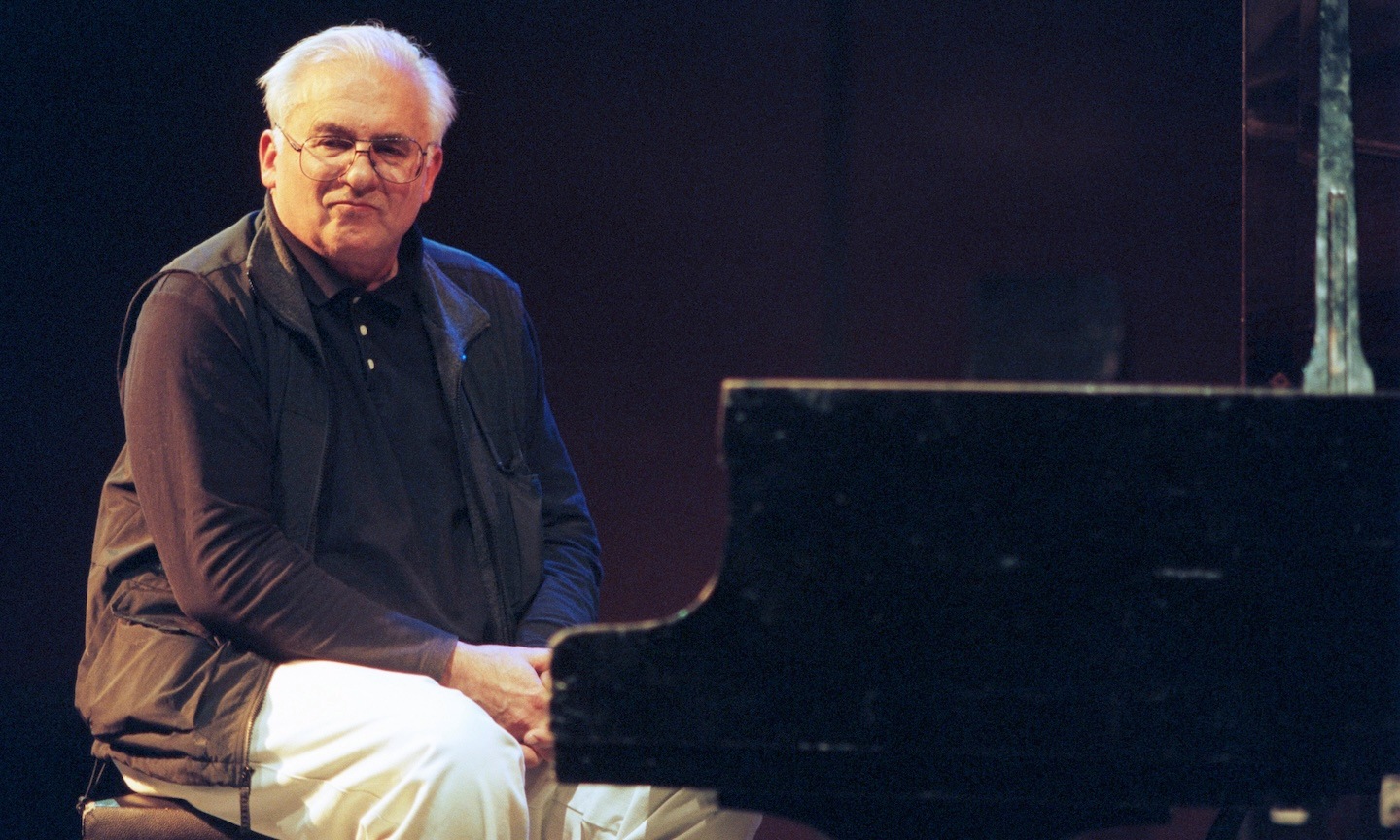Paul Bley’s 1972 album Open, To Love, is getting a new vinyl reissue as part of ECM Records’ Luminessence Series. Considered one of Bley’s most influential works and a landmark recording of the free jazz movement, Open, To Love helped establish the sound that would come to dominate the works of Bley’s later career. The new reissue officially hits shelves on February 21 and is available for preorder now.
Open, To Love is Bley’s first solo piano work, after having previously recorded with other musicians and experimenting with electronic instruments. The album also marked the beginning of his time with ECM Records, then a relatively new imprint from Manfred Eicher. To this day, the album is still regarded as one of the label’s most influential.
Multiple tracks on Open, To Love were written by Bley’s ex-wife, Carla Bley, including the opening song “Closer,” plus “Seven” and “Ida Lupino.” The latter is one of Bley’s more well-known pieces, and takes its title from the real-life actor and director. Lupino was one of the few, and perhaps the most prominent, female directors in Hollywood’s Golden Age, and was the first woman to direct a film noir. Two tracks on the album are composed by Annette Peacock, who also frequently collaborated with Bley in both live performances and recordings over the course of his career.
While the tracks were composed, they also included heavy improvisation. “So much of the music is improvised that the line between improvisation and composition pretty much disappear, so that the goal in improvising is to sound like it is composed,” Bley told Jazz Weekly later in his life. “From the audience’s point of view, they are not really supposed to know whether it’s written or improvised, so what you’re really talking about is spontaneous composition, which is often called improvisation. The audience responds not so much to composition or improvisation, they respond to the individual players and what they respond to with the player is pretty much the timbre and tone of the player and the passion of a player. That’s what engages an audience.”



